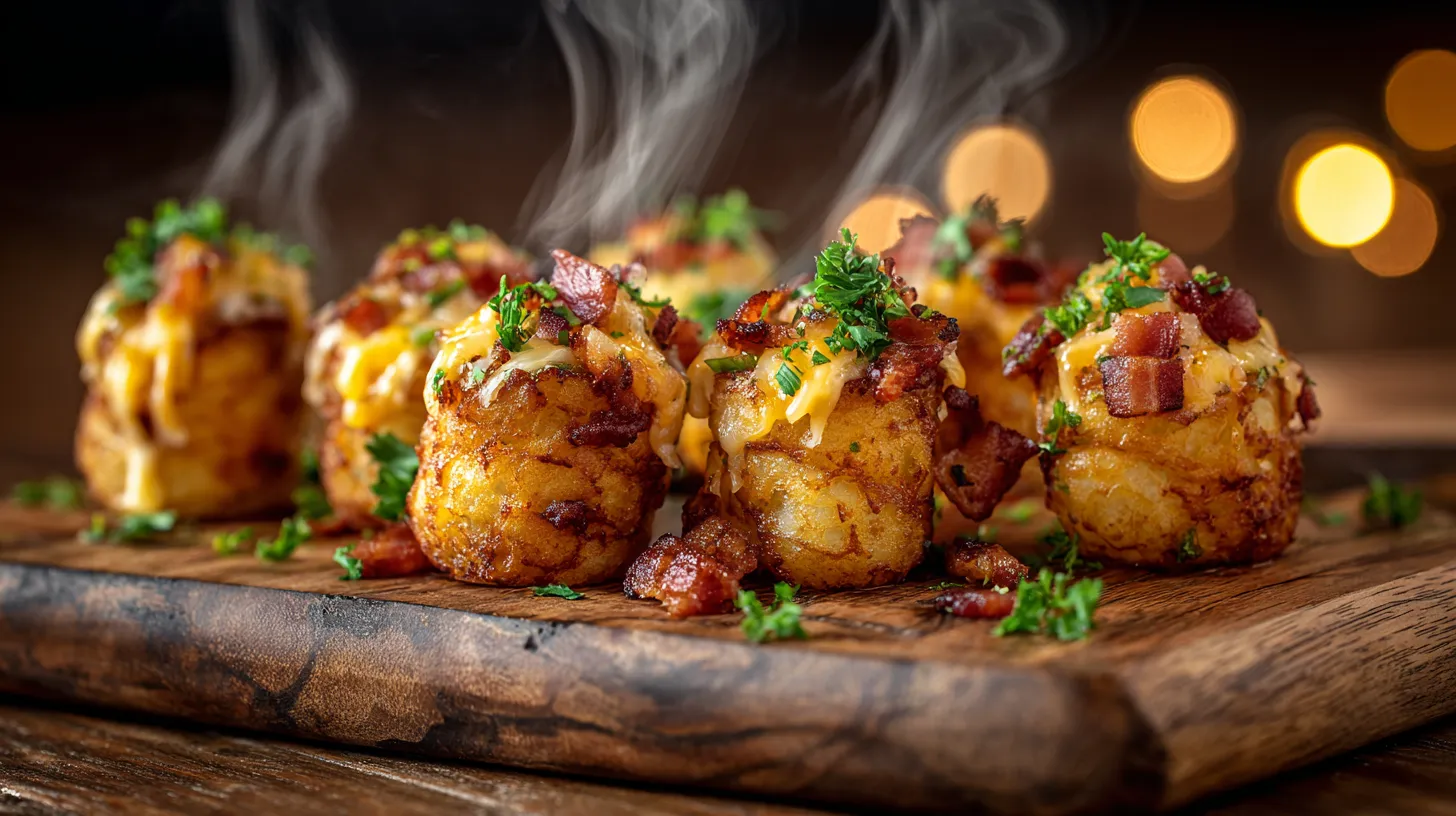Lemon curd cake, a delightful blend of tart sweetness and buttery layers, has been a favorite in the world of desserts for many years. Its unique flavor profile, combining the zesty punch of lemon with the smoothness of cake and frosting, makes it a perfect choice for various occasions, from summer picnics to festive celebrations.
Key Ingredients for Lemon Curd Cake
Creating the perfect lemon curd cake is an art that begins with the careful selection of quality ingredients. Each component plays a vital role in crafting a cake that’s not only visually appealing but also rich in flavor and texture. Let’s delve into the essential ingredients and their significance in the making of this delightful dessert.
- Fresh Lemons for Zest and Juice: The heart of a lemon curd cake lies in its lemony essence. The use of fresh lemons is non-negotiable. The zest, which is the outer skin of the lemon, adds an intense lemon flavor without the sourness. It contains oils that provide a natural and fresh aroma. The juice, on the other hand, imparts tanginess and balances the sweetness of the cake. When selecting lemons, look for ones that are bright, firm, and heavy for their size, as they’ll have more juice.
- High-Quality Butter and Flour: Butter adds richness and a tender crumb to the cake. The quality of butter can affect the flavor and texture significantly. Opt for high-quality, unsalted butter which allows you to control the amount of salt in your recipe. The flour forms the structure of the cake. Using a good quality all-purpose flour ensures that your cake has the perfect texture – not too dense, nor too airy.
- Fresh Eggs: Eggs are crucial for binding the ingredients together and adding volume. They also contribute to the cake’s richness. Freshness is key; fresh eggs have a more robust flavor and provide better structure to the cake.
- Sugar: While sugar primarily sweetens the cake, it also plays a role in the texture and color. Fine granulated sugar is preferable as it dissolves easily and incorporates well into the batter.
Understanding the Importance of Quality Ingredients:
- Flavor Profile: The type of lemon used, for example, can significantly impact the cake’s flavor. Meyer lemons, known for their sweeter and less acidic taste, can create a subtly different flavor profile compared to regular lemons.
- Health Benefits of Lemons: Not only do they add zest to your cake, but lemons are also a powerhouse of nutrients. They are rich in vitamin C, which is essential for immune health, and they also contain flavonoids that have antioxidant properties. Incorporating lemon zest and juice into your cake can be a delicious way to enjoy these health benefits.
- Texture and Consistency: High-quality ingredients contribute to the overall texture and consistency of the cake. For instance, the protein content in flour can affect how tender or chewy the cake turns out.
Understanding the importance of quality ingredients is crucial in baking. For instance, the type of lemon used can significantly impact the flavor of the cake. Learn more about the health benefits of lemons.
Substitutions and Swaps
Baking is a delightful mix of art and science, often calling for a dash of creativity, particularly when navigating dietary restrictions or coping with unavailable ingredients. Here’s a guide to help you make seamless substitutions without compromising on taste or texture:
Gluten-Free Flour: Ideal for those with gluten sensitivities or celiac disease, gluten-free flour blends are a must-have in the kitchen. These blends typically combine rice flour, tapioca flour, potato flour, and sometimes xanthan gum to mimic the texture of regular flour. Remember, each blend behaves differently, so it may take some experimentation to get it right. Brands like Bob’s Red Mill or King Arthur Flour offer reliable gluten-free options.
Dairy-Free Alternatives: With the rise of lactose intolerance and vegan diets, dairy-free alternatives have become more accessible and varied. For milk, consider almond, soy, oat, or coconut milk. Each one brings a unique flavor and consistency, so choose based on the recipe. For butter, look for plant-based options made from oils like coconut, olive, or avocado. These substitutes work well in cakes, cookies, and frosting.
Egg Substitutes: Eggs are crucial for binding and leavening, but for those allergic or vegan, there are excellent alternatives. Flaxseed eggs (1 tablespoon ground flaxseed mixed with 2.5 tablespoons water, left to rest until it gels) are great for muffins and pancakes. Commercial egg replacers, often made from potato or tapioca starch, are another option and work well in most recipes. Aquafaba (the liquid from a can of chickpeas) whips up like egg whites for meringues and mousses.
Sugar Alternatives: Reducing sugar intake doesn’t mean skipping sweet treats. Natural sweeteners like honey, maple syrup, or agave nectar can replace sugar. Be aware that they’re liquid, so you might need to adjust other liquids in the recipe. For a non-sugar option, stevia or erythritol can be used, but check the conversion rates as they vary.
Fat Replacements: For lower fat options, unsweetened applesauce, mashed bananas, or pureed avocado can replace oil or butter in cakes and muffins. Keep in mind, this may alter the flavor and texture slightly.
Nut-Free Options: For those with nut allergies, sunflower seed butter or pumpkin seed butter can replace nut butters. In recipes calling for nuts, consider using seeds like pumpkin or sunflower seeds, or even roasted chickpeas for a crunch.
Remember, baking with substitutions is often a trial-and-error process. Don’t be discouraged by initial failures; they’re stepping stones to mastering the art of alternative baking. Happy experimenting!
Step-by-Step Recipe Guide
Ingredients
For the Lemon Curd
- 1 cup sugar
- 3-4 lemons (for zest and juice)
- 8 tablespoons unsalted butter, softened
- 4 large eggs
- Pinch of salt
For the Lemon Cake Layers
- 2 ½ cups all-purpose flour
- 1 teaspoon baking powder
- ½ teaspoon baking soda
- ½ teaspoon salt
- 1 ½ cups sugar
- ¾ cup unsalted butter, softened
- 3 large eggs
- Zest of 2 lemons
- ¼ cup lemon juice
- 1 teaspoon vanilla extract
- 1 cup buttermilk
Equipment
- Saucepan
- Whisk
- Mixing bowls
- Measuring cups and spoons
- Cake pans (2×9-inch)
- Mixer (stand or hand)
Lemon Curd Preparation
Instructions
- Zest and Juice Lemons: Zest the lemons to get about 2 tablespoons of zest and juice them to get about ½ cup of lemon juice.
- Mix Ingredients: In a mixing bowl, combine the sugar and lemon zest. Add the softened butter and beat until light and creamy. Gradually add the eggs and a pinch of salt, mixing until well combined.
- Cook the Curd: Pour the mixture into a saucepan and stir in the lemon juice. Cook over low heat, constantly stirring until the mixture thickens (about 10-15 minutes). It should be thick enough to coat the back of a spoon.
- Chill the Curd: Remove from heat and transfer to a bowl. Cover with plastic wrap, pressing it directly onto the surface to prevent a skin from forming. Chill in the refrigerator for at least 2 hours or until it’s set.
Baking the Perfect Lemon Cake Layers
- Preheat Oven and Prep Pans: Preheat your oven to 350°F (175°C). Grease and flour two 9-inch cake pans.
- Combine Dry Ingredients: In a bowl, whisk together flour, baking powder, baking soda, and salt.
- Cream Butter and Sugar: In a large mixing bowl, beat together butter and sugar until light and fluffy. Add eggs one at a time, beating well after each addition.
- Add Lemon Flavor: Stir in lemon zest, lemon juice, and vanilla extract.
- Combine with Dry Ingredients and Buttermilk: Alternately add the dry ingredients and buttermilk to the butter mixture, starting and ending with the dry ingredients. Mix until just combined.
- Bake: Divide the batter evenly between the two prepared pans. Bake for 25-30 minutes or until a toothpick inserted in the center comes out clean.
- Cool Cakes: Allow the cakes to cool in the pans for 10 minutes, then transfer them to a wire rack to cool completely.
Assemble the Cake
- Trim Cake Layers: If the cakes have domed on top, trim them to level using a serrated knife.
- Spread Lemon Curd: Place one layer on your cake stand or plate. Spread a generous amount of lemon curd over the top.
- Add Second Layer and Finish: Place the second layer on top. You can choose to spread more lemon curd on top, or for a more traditional finish, frost with a lemon buttercream.
Lemon Frosting Variations
The frosting for a lemon curd cake can vary, from a simple buttercream to a more elaborate Swiss meringue. Each type offers a different texture and sweetness level.
Decorating Your Lemon Curd Cake
Decorating the cake is where creativity shines. Consider:
- Lemon slices and zest for a natural look
- Edible flowers for a touch of elegance
For more intricate designs, explore advanced cake decorating techniques.
Serving and Storage
The enjoyment of a well-made lemon curd cake is as much about how it’s served and stored as it is about its preparation. Here’s a guide to ensure that every slice you serve is as delightful as the first.
Serving:
- Room Temperature Perfection: The flavors and texture of lemon curd cake are best appreciated when it’s served at room temperature. Chilling can harden the butter content, altering the texture and muting the flavors. Allow the cake to sit outside the refrigerator for a little while before serving to let its vibrant lemon flavor and soft texture shine through.
Storage:
- Refrigerator: Store your lemon curd cake in an airtight container in the refrigerator. This is especially important for maintaining the freshness and preventing the absorption of other food odors due to the presence of dairy products like butter and eggs in the cake.
- Freezing for Longevity: For longer storage, you can freeze individual slices of the cake. Wrap each slice in cling film and then place them in airtight containers or freezer bags. This method is great for enjoying a piece of cake at a later date without compromising on its quality.
Frequently Asked Questions
Advance Preparation:
Yes, you can certainly make a lemon curd cake in advance. Both the lemon curd and the cake layers can be prepared ahead of time. The curd can be refrigerated for up to a week, and the cake layers can be wrapped and stored at room temperature for a couple of days or frozen for longer storage.
Preventing Dryness:
To prevent the cake from drying out, ensure it’s not overbaked. Overbaking can evaporate the moisture, leaving the cake dry. Additionally, proper storage is crucial. Store the cake in an airtight container to lock in moisture and maintain its softness.
Can I Use Bottled Lemon Juice Instead of Fresh?
While fresh lemon juice is preferable for its vibrant flavor, you can use bottled lemon juice in a pinch. However, be aware that bottled juice may contain preservatives and lack the fresh zestiness of newly squeezed lemons.
Is Lemon Curd Cake Suitable for Freezing?
Yes, lemon curd cake freezes well. To freeze, wrap the cake tightly in plastic wrap and then in foil. It can be stored in the freezer for up to 3 months. Thaw it in the refrigerator overnight before serving.
How Do I Know When the Cake is Done?
The cake is done when a toothpick inserted into the center comes out clean, or with a few moist crumbs. The edges of the cake should also start to pull away from the sides of the pan.
Can I Add Other Flavors to the Lemon Curd Cake?
Absolutely! Lemon pairs beautifully with other flavors such as blueberry, raspberry, or even ginger. Feel free to experiment by adding these flavors to the curd or as a topping.
How Long Can Lemon Curd Cake Sit Out?
Lemon curd cake can sit out at room temperature for up to 2 hours. If your room is particularly warm, it’s best to keep it refrigerated to prevent spoilage, especially because of the dairy content.
Can This Cake be Made Gluten-Free or Vegan?
Yes, you can make a gluten-free version by substituting the flour with a gluten-free flour blend. For a vegan version, use plant-based butter, a suitable egg substitute, and vegan-friendly lemon curd.
Why Did My Lemon Curd Curdle?
Lemon curd can curdle if the eggs are cooked too quickly or at too high a temperature. To prevent this, cook the curd over low heat and stir constantly. If it does curdle, strain it through a fine-mesh sieve to remove the lumps.
Can I Decorate Lemon Curd Cake?
Definitely! Decorate with whipped cream, fresh fruit, lemon slices, or edible flowers for a more appealing presentation. A light dusting of powdered sugar can also add a touch of elegance.
Conclusion
Lemon curd cake is a versatile and delightful dessert that can be adapted to various tastes and dietary needs. With the right ingredients, a bit of creativity, and attention to detail, you can create a memorable and delicious cake that will be the highlight of any gathering. Remember, the history of cakes and baking is rich and varied, offering endless inspiration for your baking adventures.
For more delicious recipes and baking tips, explore our Classic Chocolate Chip Cookies Guide and Milk Brioche Rolls Recipe, perfect complements to your baking repertoire.
Print
Lemon Curd Cake: A Perfect Blend of Tart and Sweet
Lemon curd cake, a delightful blend of tart sweetness and buttery layers, has been a favorite in the world of desserts for many years. Its unique flavor profile, combining the zesty punch of lemon with the smoothness of cake and frosting, makes it a perfect choice for various occasions, from summer picnics to festive celebrations.
- Total Time: 65 minutes (Prep Time + Cook Time)
- Yield: 1 cake (serves 8-10)
Ingredients
Creating the perfect lemon curd cake begins with selecting quality ingredients. Essential components include:
- Fresh lemons for zest and juice
- High-quality butter and flour
- Fresh eggs
- Sugar
Instructions
The journey to a perfect lemon curd cake involves several key steps:
- Prepare the Lemon Curd: Start by making a homemade lemon curd. This can be done in advance and stored in the refrigerator.
- Bake the Cake Layers: Use a tried and tested lemon cake recipe to create moist and flavorful layers.
- Assemble the Cake: Once the layers are cooled, spread the lemon curd between each layer.
Homemade lemon curd adds an authentic and fresh flavor to the cake. To make it:
- Combine fresh lemon juice, sugar, and eggs in a saucepan.
- Cook over low heat until thickened.
- Add butter and lemon zest, stirring until smooth.
Notes
Achieving moist and evenly baked cake layers is essential. Here are some tips:
- Even Baking: Use cake strips around the pans for even baking.
- Moist Layers: Do not overbake. Check the cake a few minutes before the recipe’s suggested time.
Decorating the cake is where creativity shines. Consider:
- Lemon slices and zest for a natural look
- Edible flowers for a touch of elegance
- Prep Time: 30 minutes
- Cook Time: 35 minutes
- Category: Dessert
- Method: Baking
- Cuisine: International
- Diet: Vegan
Nutrition
- Serving Size: 1 slice (1/10th of the cake)
- Calories: Approximately 300-500 calories per slice (varies based on ingredients and size of the slice)
- Sugar: High (due to ingredients like sugar and lemon curd)
- Sodium: Moderate (depending on the amount of baking powder/soda and salt used)
- Fat: Moderate to High (from ingredients like butter and eggs)
- Saturated Fat: Present (from butter and possibly the frosting)
- Unsaturated Fat: Present (from ingredients like vegetable oil, if used)
- Trans Fat: Low to None (if using trans-fat-free ingredients)
- Carbohydrates: High (primarily from flour and sugar)
- Fiber: Low (as typical cakes do not contain high-fiber ingredients)
- Protein: Moderate (from ingredients like eggs and milk)
- Cholesterol: Present (from eggs and butter)
Keywords: citrus layer cake, lemon buttercream cake, tangy lemon dessert






